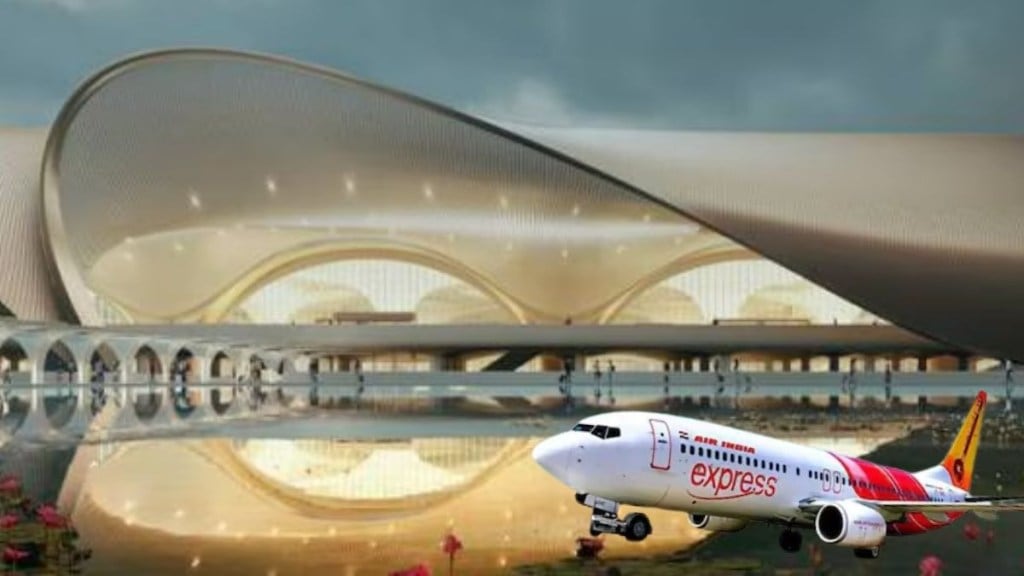The Air India group is all set to begin flight operations from newly built Navi Mumbai International Airport (NMIA), once the airport becomes operational on September 30. Operated by Adani Airport Holdings Ltd, the airport will witness Air India Express operating 20 daily departures or 40 Air Traffic Movements (ATMs) from and to NMIA, connecting 15 Indian cities.
The airline plans to increase this frequency to 55 daily departures (110 ATMs) by mid-2026, including up to 5 daily international flights from NMIA. By the winter of 2026, Air India aims to further boost its operations by operating 60 daily departures (120 ATMs) from NMI, it said in a statement on Tuesday.
Air India CEO says ‘proud to lead the charge’
Air India Chief Executive Officer and Managing Director, Campbell Wilson, said the company is looking forward to commencing operations at Navi Mumbai International Airport, as the city of dreams “joins the league of world cities with more than one airport”.
“We are happy to work with Adani Airports to build NMIA not only as a point that connects to the rest of India, but also as one of the country’s key global transit hubs for both – passengers and cargo – given its strategic geographical location. At the Air India group, we are proud to lead the charge in connecting the West to the East and beyond via India, and our expansion at NMIA will support India’s growth as a global aviation hub,” he said.
Chief Executive Officer of Adani Airport Holdings Ltd., Arun Bansal, said the firm is delighted to welcome Air India Group to Navi Mumbai International Airport as one of their valued airline partners.
“Their ambitious expansion plans and global vision are perfectly aligned with our aim of making NMIA a benchmark in global aviation,” it added.
About Navi Mumbai Airport
The Navi Mumbai International Airport (NMIA) is set to commence operation from September 30, 2025. The airport is a 74:26 joint venture between Adani Airport Holdings Ltd (AAHL) and City and Industrial Development Corporation of Maharashtra (CIDCO).
The project covers an area of 1,160 hectares and is scheduled to be completed in five phases, according to the airport’s website. Its lotus design makes the terminal an iconic structure, with unique and futuristic architectural form, operational efficiency and advanced technology.
